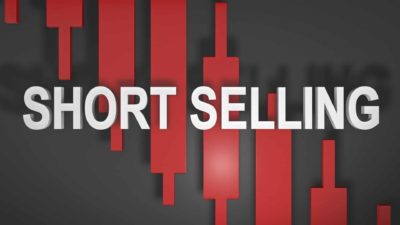The above topic is one of the biggest questions across stock markets right now as the popular 'value investing' approach taught by Ben Graham and passed on by Warren Buffett has generally been the 'wrong' approach when it comes to beating the market since the GFC.
Ben Graham-style value investing has three core principles in that you should buy stocks that are cheap relative to your assessment of intrinsic value, you should allow a 'margin of safety' in buying stocks below your valuation, and you should not let swings in market sentiment guide you into making investment decisions. In other words you should make the market your servant, not your master.
A lot of professional fund managers follow Graham's principles in avoiding businesses on high price-to-earnings multiples or with no earnings (profits) at all. Instead they look for 'value' stocks at a discount to their intrinsic value. Why they are financially incentivised to take this approach is for another article.
However, what matters is that the approach has lead to sub-standard returns in many cases over the past 10 years, while the alternative approach of buying companies growing revenues at super-strong rates, but perhaps losing money has been a market thumper.
Just consider examples like Netflix, Amazon, Shopify, Salesforce and Square in the U.S, while in Australia three of the best performing businesses on the local market over the last few years in Appen Ltd (ASX: APX) (up 4,200%), AfterPay Touch (ASX: APT) (up 500%+) and Pro Medicus Limited (ASX: PME) (up 2,400%) make losses or minuscule profits versus their valuations.
Moreover, all of the aforementioned businesses have been regularly derided as 'too expensive' or 'overvalued" by professional investors and commentators in the business media over the past 10 years, but not buying them has been an expensive blunder.
In fairness if you use conventional valuation metrics taught by Ben Graham or on university courses globally then 'overvalued' would be a logical conclusion.
However, there's a couple of points to understand when assessing whether some businesses are good value today or not.
First up is the ultra-low-interest rate environment since the GFC that is a symptom of very low inflation and wages growth.
In this unusual environment assets that are expected to grow their free cash flows at strong rates long into the future are worth more than they would be in an environment where risk free rates and inflation were higher.
Given the outlook in Australia is for rates to go even lower to virtual ZIRP (zero interest rate policy), it's not hard to see why popular growth stocks like WiseTech Global (ASX: WTC) and Xero Limited (ASX: XRO) continue to rise.
Another point is that the internet has delivered structural change and allowed some companies to establish the kind of dominant global market positions, scalability, and profitability that mean old metrics for assessing value are no longer relevant.
In other words just as the Romans learned to build straight roads largely oblivious to the possibilities of air travel, Ben Graham and university teachers taught value investing metrics largely oblivious to the possibilities of online connectivity.
So what's an investor to do?
The answer isn't to recklessly buy high-flying internet businesses, but to consider that 'growth' and 'value' are indivisible as both are a function of a future returns.
The big risk with 'value' investing is that you fall into the trap of buying 'non-investment-grade' or low-quality companies because they look 'cheap'.
Buying low-quality companies is probably the commonest investing mistake of all made at least once by every share market participant.
It is possible to make money on low-quality companies if you time your purchase well, or hold for the long term, but buying them in the first place is generally a dumb idea to me.
At the end of the day the quality of a company's business model, balance sheet, competitive position, and top or bottom line growth is what will lead investors to bid shares consistently higher over the long term, which is why the likes of Amazon, Salesforce, Visa, MasterCard and Xero have thumped the market over the last decade and left some value investing metrics in the dust.
Going forward it will probably remain a costly mistake to exclude growth businesses on the basis of insufficient profitability.







